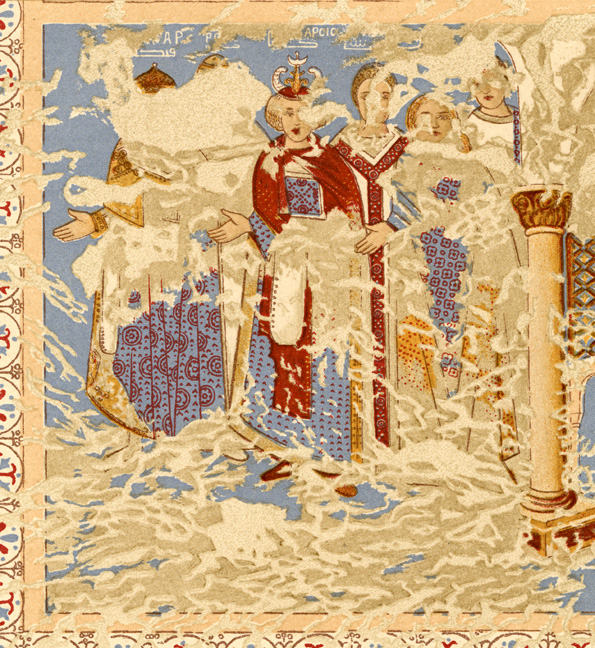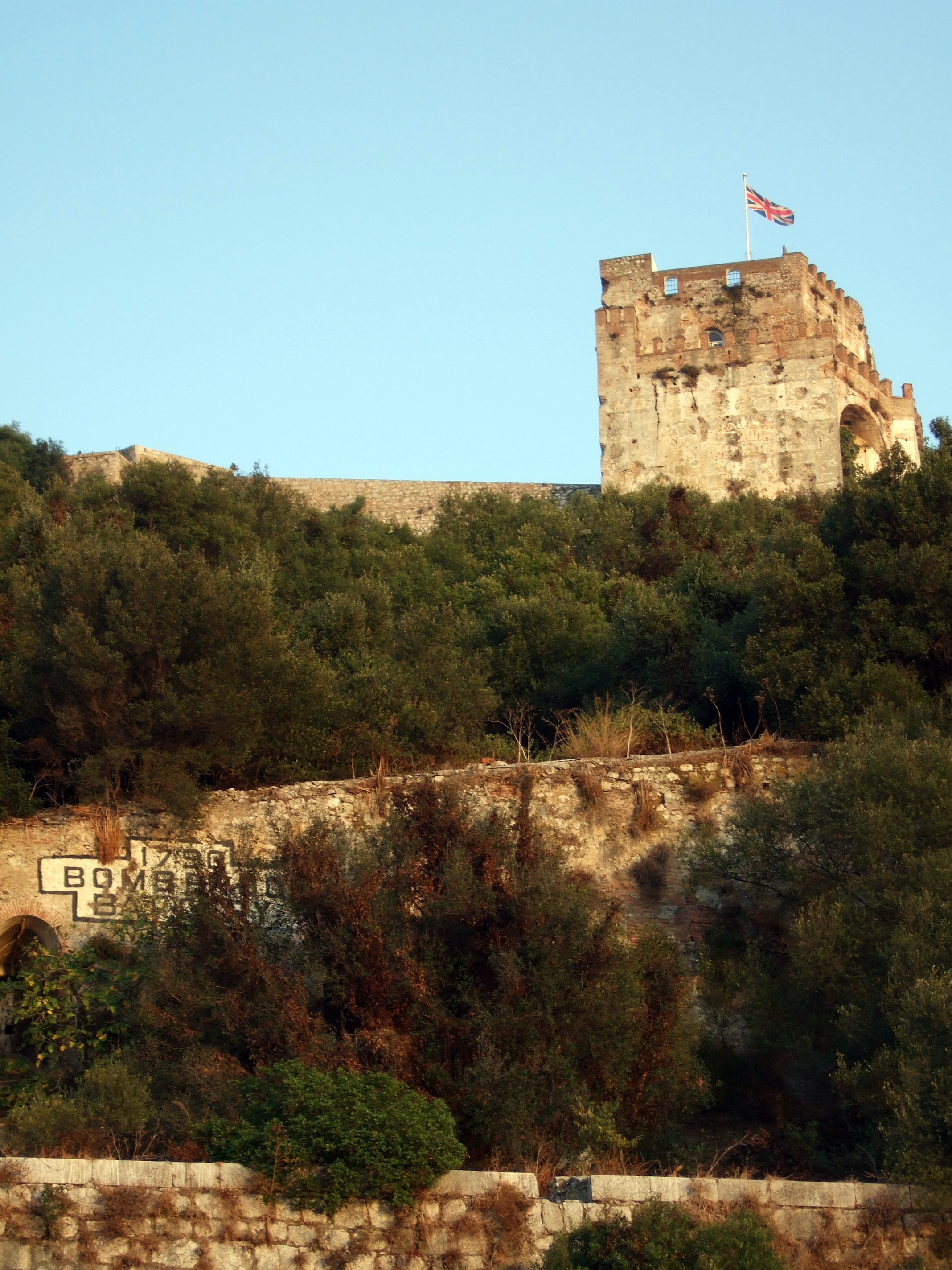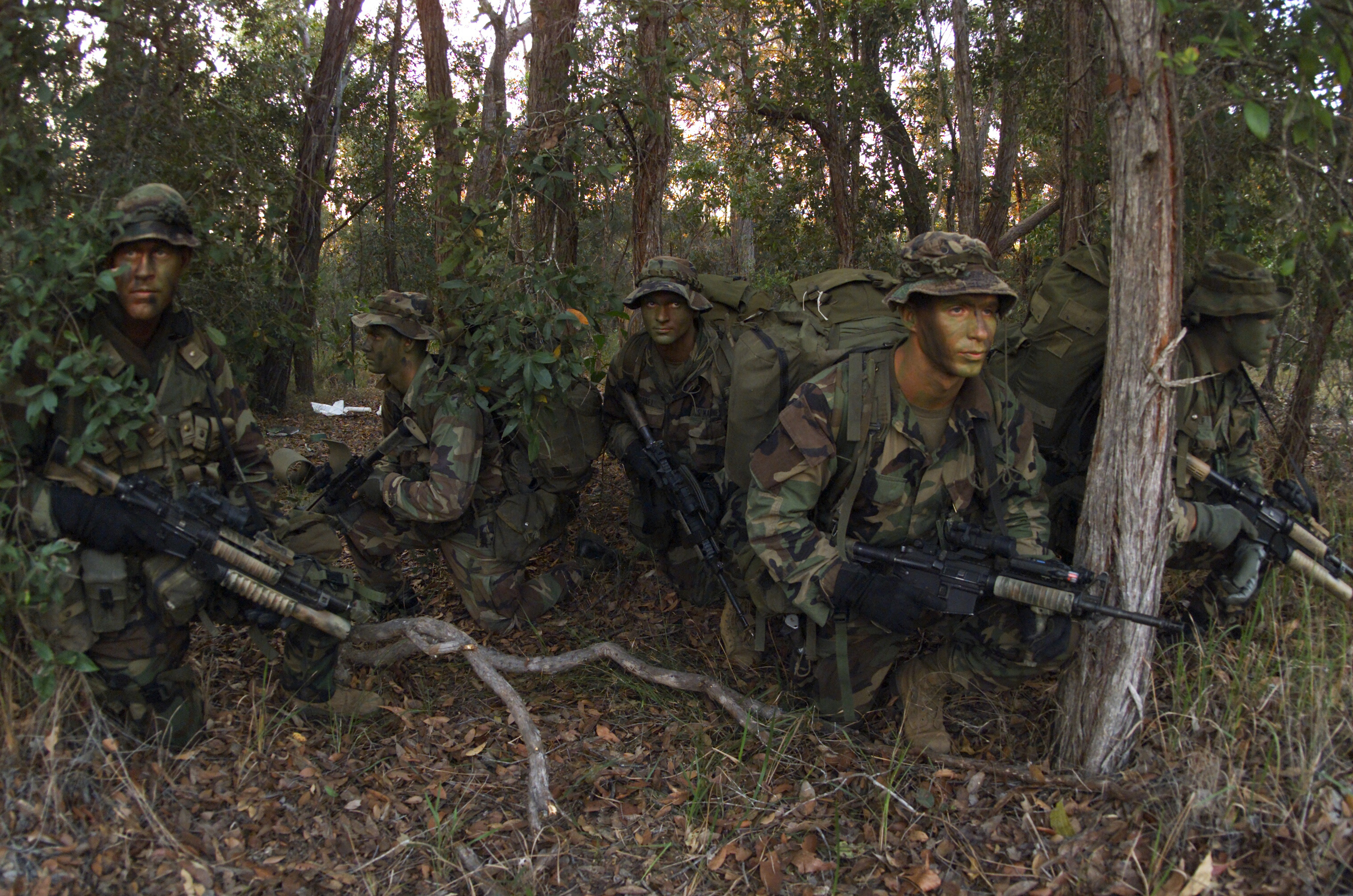|
Ṭārif
Tarif ibn Malik () was an Umayyad commander under Tariq ibn Ziyad, the general who led the conquest of Visigothic Hispania in 711. Historical sources disagree on whether he was of a Berber or an Arab origin. In July 710 CE, Tariq sent Tarif on a raid to test the southern coastline of the Iberian Peninsula. According to legend he was aided by Julian, count of Ceuta, as a guide and emissary. Of this raid, Edward Gibbon writes: "500 hundred Soldiers of Berbers origins passed over, in four vessels, from Tangier or Ceuta; the place of their descent on the opposite shore of the strait is marked by the name of Tarif their chief" which today is the city of Tarifa. They proceeded from there to reconnoiter the terrain along the coast as a possible entry point for a larger attack, traversing "eighteen miles through a hilly country to the castle and town of Julian; on which (it is still called Algeciras) they bestowed the name of the Green Island, from a verdant cape that advances into th ... [...More Info...] [...Related Items...] OR: [Wikipedia] [Google] [Baidu] [Amazon] |
Battle Of Guadalete
The Battle of Guadalete was the first major battle of the Muslim conquest of the Iberian Peninsula, fought in 711 at an unidentified location in what is now southern Spain between the Visigoths under their king, Roderic, and the invading forces of the Umayyad Caliphate, composed mainly of Berbers and some Arabs under the commander Tariq ibn Ziyad. The battle was significant as the culmination of a series of Berber attacks and the beginning of al-Andalus. Roderic was killed in the battle, along with many members of the Visigothic nobility, opening the way for the capture of the Visigothic capital of Toledo. Sources The primary source for the battle is the '' Mozarabic Chronicle'', which was written shortly after 754, probably in the vicinity of Toledo. The Latin ''Chronicle'' was written by a Mozarab Christian. The only other Latin Christian source written within a century of the battle is the ''Historia Langobardorum'' of Paul the Deacon. Paul was neither Visigothic nor Hispani ... [...More Info...] [...Related Items...] OR: [Wikipedia] [Google] [Baidu] [Amazon] |
Umayyad Caliphate
The Umayyad Caliphate or Umayyad Empire (, ; ) was the second caliphate established after the death of the Islamic prophet Muhammad and was ruled by the Umayyad dynasty. Uthman ibn Affan, the third of the Rashidun caliphs, was also a member of the clan. The family established dynastic, hereditary rule with Mu'awiya I, the long-time governor of Bilad al-Sham, Greater Syria, who became caliph after the end of the First Fitna in 661. After Mu'awiya's death in 680, conflicts over the succession resulted in the Second Fitna, and power eventually fell to Marwan I, from another branch of the clan. Syria remained the Umayyads' main power base thereafter, with Damascus as their capital. The Umayyads continued the Early Muslim conquests, Muslim conquests, conquering Ifriqiya, Transoxiana, Sind (caliphal province), Sind, the Maghreb and Hispania (al-Andalus). At its greatest extent (661ŌĆō750), the Umayyad Caliphate covered , making it one of the largest empires in history in terms of ar ... [...More Info...] [...Related Items...] OR: [Wikipedia] [Google] [Baidu] [Amazon] |
Andalusia
Andalusia ( , ; , ) is the southernmost autonomous communities of Spain, autonomous community in Peninsular Spain, located in the south of the Iberian Peninsula, in southwestern Europe. It is the most populous and the second-largest autonomous community in the country. It is officially recognized as a nationalities and regions of Spain, historical nationality and a national reality. The territory is divided into eight provinces of Spain, provinces: Province of Almer├Ła, Almer├Ła, Province of C├Īdiz, C├Īdiz, Province of C├│rdoba (Spain), C├│rdoba, Province of Granada, Granada, Province of Huelva, Huelva, Province of Ja├®n (Spain), Ja├®n, Province of M├Īlaga, M├Īlaga, and Province of Seville, Seville. Its capital city is Seville, while the seat of High Court of Justice of Andalusia, its High Court of Justice is the city of Granada. Andalusia is immediately south of the autonomous communities of Extremadura and Castilla-La Mancha; west of the autonomous community of Region of Mur ... [...More Info...] [...Related Items...] OR: [Wikipedia] [Google] [Baidu] [Amazon] |
8th-century People From Al-Andalus
The 8th century is the period from 701 (represented by the Roman numerals DCCI) through 800 (DCCC) in accordance with the Julian Calendar. In the historiography of Europe the phrase the long 8th century is sometimes used to refer to the period of circa AD 660ŌĆō820. The coast of North Africa and the Iberian Peninsula quickly came under Islamic Arab domination. The westward expansion of the Umayyad Caliphate, Umayyad Empire was famously halted at the Siege of Constantinople (718), siege of Constantinople by the Byzantine Empire and the Battle of Tours by the Franks. The tide of Arab conquest came to an end in the middle of the 8th century.Roberts, J., ''History of the World (book), History of the World'', Penguin, 1994. In Europe, late in the century, the Vikings, seafaring peoples from Scandinavia, begin raiding the coasts of Europe and the Mediterranean, and go on to found several important Monarchy, kingdoms. In Asia, the Pala Empire is founded in Bengal. The Tang dynasty ... [...More Info...] [...Related Items...] OR: [Wikipedia] [Google] [Baidu] [Amazon] |
8th-century Berber People
The 8th century is the period from 701 (represented by the Roman numerals DCCI) through 800 (DCCC) in accordance with the Julian Calendar. In the historiography of Europe the phrase the long 8th century is sometimes used to refer to the period of circa AD 660ŌĆō820. The coast of North Africa and the Iberian Peninsula quickly came under Islamic Arab domination. The westward expansion of the Umayyad Empire was famously halted at the siege of Constantinople by the Byzantine Empire and the Battle of Tours by the Franks. The tide of Arab conquest came to an end in the middle of the 8th century.Roberts, J., '' History of the World'', Penguin, 1994. In Europe, late in the century, the Vikings, seafaring peoples from Scandinavia, begin raiding the coasts of Europe and the Mediterranean, and go on to found several important kingdoms. In Asia, the Pala Empire is founded in Bengal. The Tang dynasty reaches its pinnacle under Chinese Emperor Xuanzong. The Nara period begins i ... [...More Info...] [...Related Items...] OR: [Wikipedia] [Google] [Baidu] [Amazon] |
Roderic
Roderic (also spelled Ruderic, Roderik, Roderich, or Roderick; Spanish language, Spanish and , ; died 711) was the Visigoths, Visigothic king in Hispania between 710 and 711. He is well known as "the last king of the Goths". He is actually an extremely obscure figure about whom little can be said with certainty. He was the last Goth to rule from Toledo, Spain, Toledo, but not the last Gothic king, a distinction which belongs to Ardo. Roderic's election as king was disputed and he ruled only a part of Hispania with an opponent, Achila II, Achila, ruling the rest. He faced a rebellion of the Basques and the Umayyad conquest of Hispania, Umayyad invasion. He was defeated and killed at the Battle of Guadalete. His widow Egilona is believed to have married Abd al-Aziz ibn Musa, the first Muslim governor of Hispania. Early life According to the late ''Chronicle of Alfonso III'', Roderic was a son of Theodefred, himself a son of king Chindaswinth, and of a woman named Riccilo. Roderic' ... [...More Info...] [...Related Items...] OR: [Wikipedia] [Google] [Baidu] [Amazon] |
Umayyad Conquest Of Hispania
The Muslim conquest of the Iberian Peninsula (; 711ŌĆō720s), also known as the Arab conquest of Spain, was the Umayyad Caliphate, Umayyad conquest of the Visigothic Kingdom, Visigothic Kingdom of Hispania in the early 8th century. The conquest resulted in the end of Christianity, Christian rule in most of Iberia and the establishment of Muslims, Muslim Arab world, Arab-Moors, Moorish rule in that territory, which came to be known as al-Andalus, under the Umayyad dynasty. During the caliphate of the sixth Umayyad caliph al-Walid I (), military commander Tariq ibn Ziyad departed from North Africa in early 711 to cross the Straits of Gibraltar, with a force of about 1,700 men, to launch a military expedition against the Visigothic Kingdom, Visigoth-controlled Kingdom of Toledo, Spain, Toledo, which encompassed the former territory of Roman Hispania. After defeating king Roderic at the Battle of Guadalete in July the same year, Tariq was reinforced by an Arabs, Arab force led by his s ... [...More Info...] [...Related Items...] OR: [Wikipedia] [Google] [Baidu] [Amazon] |
Tariq Ibn-Ziyad
Tariq ibn Ziyad ( ; ), also known simply as Tarik in English, was an Umayyad commander who initiated the Muslim conquest of the Iberian Peninsula (present-day Spain and Portugal) against the Visigothic Kingdom in 711ŌĆō718 AD. He led an army and crossed the Strait of Gibraltar from the North African coast, consolidating his troops at what is today known as the Rock of Gibraltar. The name "Gibraltar" is the Spanish derivation of the Arabic name (), meaning 'mountain of Tariq', which is named after him. Origins Medieval Arabic historians give contradictory data about ß╣¼─üriq's origins and ethnicity. Some conclusions about his personality and the circumstances of his entry into al-Andalus are surrounded by uncertainty. The vast majority of modern sources state that ß╣¼─üriq was a Berber '' mawla'' of Musa ibn Nusayr, the Umayyad governor of Ifriqiya. According to Ibn Khaldun, Tariq Ibn Ziyad was from a Berber tribe in what is now Algeria. Heinrich Barth mentions that Tariq Ibn ... [...More Info...] [...Related Items...] OR: [Wikipedia] [Google] [Baidu] [Amazon] |
Algeciras
Algeciras () is a city and a municipalities in Spain, municipality of Spain belonging to the province of C├Īdiz, Andalusia. Located in the southern end of the Iberian Peninsula, near the Strait of Gibraltar, it is the largest city on the Bay of Gibraltar (). The Port of Algeciras is List of busiest ports in Europe, one of the largest ports in Europe and the world in three categories: List of world's busiest container ports, container, List of world's busiest ports by cargo tonnage, cargo and transshipment. The urban area straddles the small R├Ło de la Miel, which is the southernmost river of continental Europe. As of 1 January 2020, the municipality had a registered population of 123,078, second in its province after Jerez de la Frontera and greater than C├Īdiz city population. It forms part of the Comarcas of Spain, ''comarca'' of Campo de Gibraltar. The surrounding metro area also includes the municipalities of Los Barrios, La L├Łnea de la Concepci├│n, Castellar de la Frontera ... [...More Info...] [...Related Items...] OR: [Wikipedia] [Google] [Baidu] [Amazon] |
Tariq Ibn Ziyad
Tariq ibn Ziyad ( ; ), also known simply as Tarik in English, was an Umayyad commander who initiated the Muslim conquest of the Iberian Peninsula (present-day Spain and Portugal) against the Visigothic Kingdom in 711ŌĆō718 AD. He led an army and crossed the Strait of Gibraltar from the North African coast, consolidating his troops at what is today known as the Rock of Gibraltar. The name "Gibraltar" is the Spanish derivation of the Arabic name (), meaning 'mountain of Tariq', which is named after him. Origins Medieval Arabic historians give contradictory data about ß╣¼─üriq's origins and ethnicity. Some conclusions about his personality and the circumstances of his entry into al-Andalus are surrounded by uncertainty. The vast majority of modern sources state that ß╣¼─üriq was a Berber ''mawla'' of Musa ibn Nusayr, the Umayyad governor of Ifriqiya. According to Ibn Khaldun, Tariq Ibn Ziyad was from a Berber tribe in what is now Algeria. Heinrich Barth mentions that Tariq Ibn Z ... [...More Info...] [...Related Items...] OR: [Wikipedia] [Google] [Baidu] [Amazon] |
Reconnaissance
In military operations, military reconnaissance () or scouting is the exploration of an area by military forces to obtain information about enemy forces, the terrain, and civil activities in the area of operations. In military jargon, reconnaissance is abbreviated to ''recce'' (in British, Canadian, Australian English) and to ''recon'' (in American English), both derived from the root word ''reconnoitre'' / ''reconnoitering''. The types of reconnaissance include patrolling the local area of operations and long-range reconnaissance patrols, which are tasks usually realized in the United States of America by U.S. Army Rangers, cavalry scouts, and military intelligence specialists, using navy ships and submarines, Aerial reconnaissance, reconnaissance aircraft, satellites to collect raw intelligence; and establishing observation posts. Moreover, espionage is different from reconnaissance, because spies work as civilians in enemy territory. Etymology The word is derived from the ... [...More Info...] [...Related Items...] OR: [Wikipedia] [Google] [Baidu] [Amazon] |
Tarifa
Tarifa () is a Spanish municipality in the province of C├Īdiz, Andalusia. Located at the southernmost end of the Iberian Peninsula, it is primarily known as one of the world's most popular destinations for windsports. Tarifa lies on the Costa de la Luz ("coast of light") and across the Strait of Gibraltar facing Morocco. Besides the city proper, the municipality also comprises several villages, including Tahivilla, Facinas, and Bolonia. History It was thought that Tarifa was once the site of the Roman settlement of Julia Transducta (also known as Julia Joza, or just Transducta). However, that settlement is now thought to have been where Algeciras now stands, while there is strong evidence that Casas de Porro, Valdevaqueros (Tarifa) was the site of the settlement of Mellaria. Tarifa was given its present name after the Islamic conquest of Tarif ibn Malik in 710, a military commander of Musa bin Nusayr. The village of Bolonia near Tarifa was also populated in Roman times ... [...More Info...] [...Related Items...] OR: [Wikipedia] [Google] [Baidu] [Amazon] |





